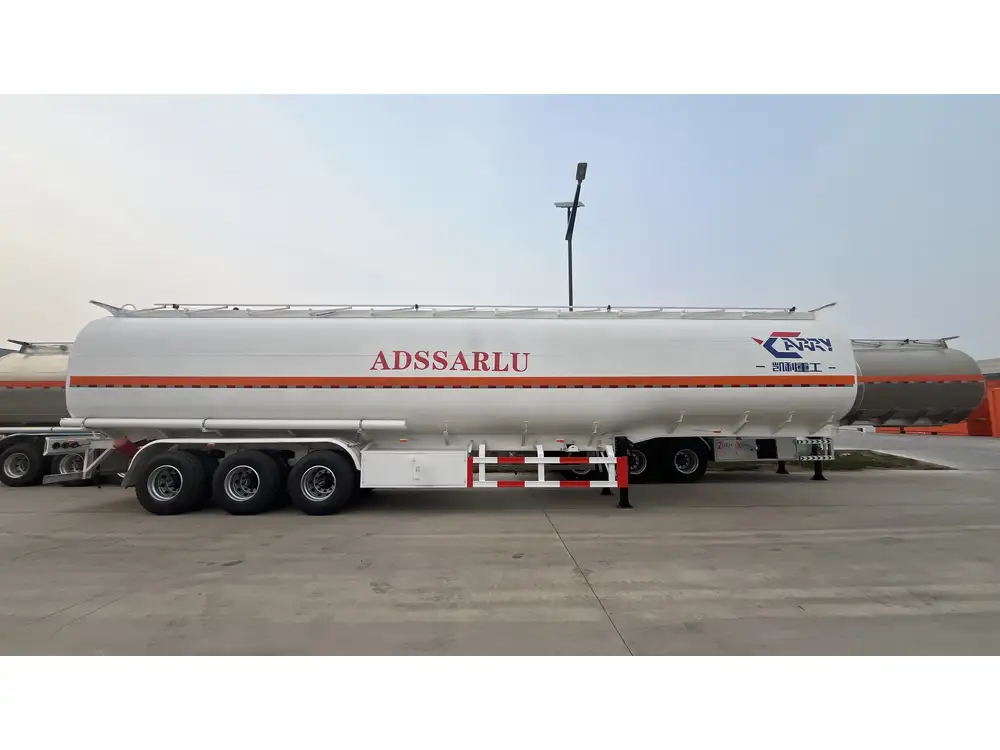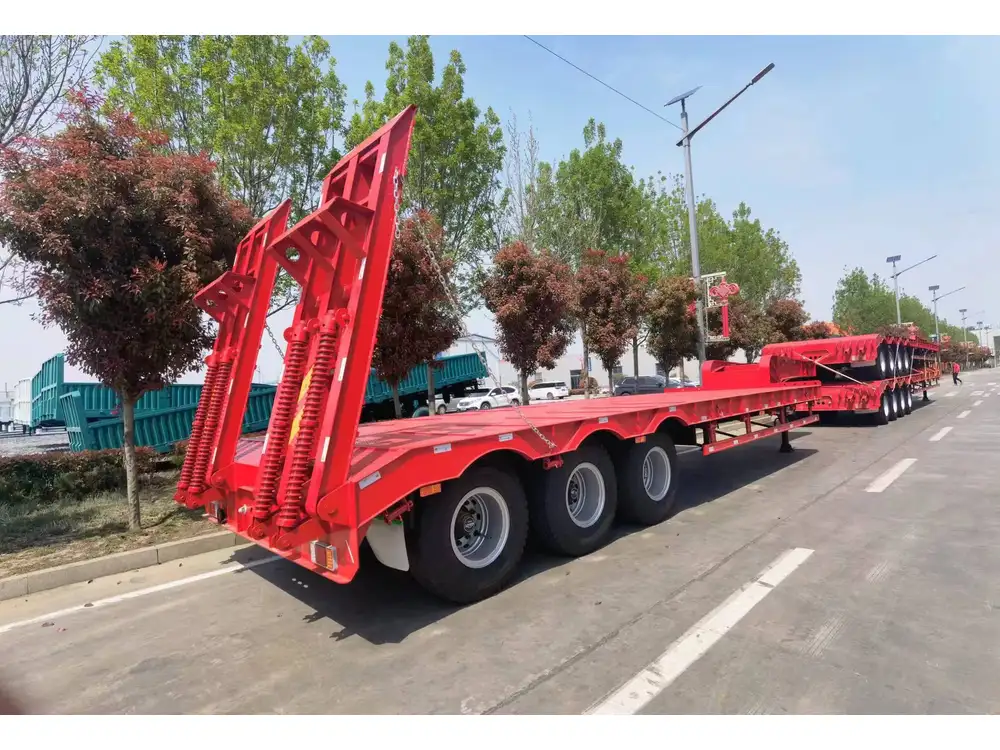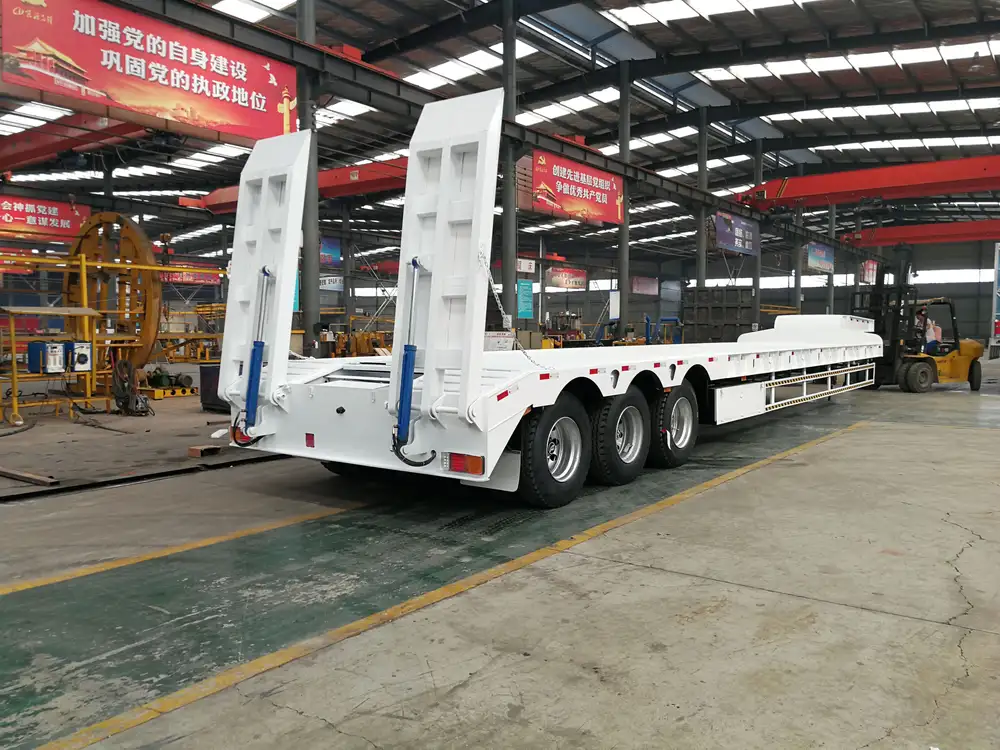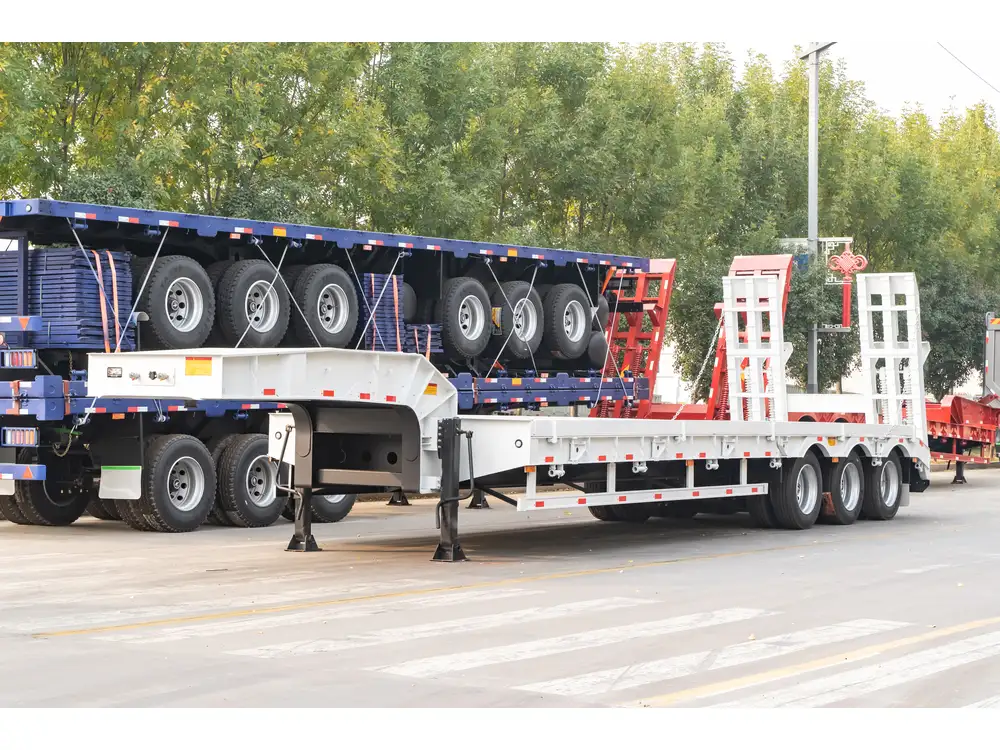Loading a 53-foot semi-trailer correctly is an art form that requires careful planning, expert knowledge of logistics, and a thorough understanding of weight distribution. To ensure the safety of both the cargo and the drivers, we need to address key considerations and best practices. Herein, we dive deep into the nuances of loading techniques, the importance of weight distribution, and the steps to optimize cargo space. Let’s explore the essential elements involved in the process.
Understanding the Basics of a 53-Foot Semi-Trailer
Before embarking on loading, let’s clarify what a 53-foot semi-trailer is. A standard 53-foot trailer typically measures 8.5 feet wide and approximately 13.5 feet high, providing a valuable space of around 3,800 cubic feet. These trailers are widely used in the freight industry due to their versatility and efficiency.
Dimensions and Capacity Considerations
| Aspect | Measurement |
|---|---|
| Length | 53 feet |
| Width | 8.5 feet |
| Height | 13.5 feet |
| Maximum Load Capacity | 45,000 pounds |
| Cargo Volume | Approximately 3,800 cubic feet |
Understanding these dimensions helps ensure that cargo is adequately arranged and does not exceed weight restrictions.

Step-by-Step Guide to Efficiently Load a 53-Foot Semi-Trailer
Step 1: Plan Your Load Configuration
A clear plan before you start loading is paramount. Consider the following:
- Cargo Type: Different cargo requires different handling methods. For instance, bulk goods need methods differing from fragile items.
- Loading Sequence: Prioritize larger, heavier items. Place them at the bottom and towards the front of the trailer to maintain stability.
- Weight Distribution: Strive for a balanced load to avoid swaying during transit.
Step 2: Gather Necessary Equipment
Ensure you have all the essential loading equipment at hand, such as:
- Forklifts or pallet jacks for heavy items
- Straps, ties, or nets to secure cargo
- Tarps or protective materials for fragile items

Step 3: Arrange the Cargo
Place Heavy Items First: Start loading heavier items first and towards the front of the trailer. This aids in distributing weight evenly and ensures the trailer remains stable.
Fill Gaps: Use smaller items to fill gaps, preventing movement during transit.
Consider Cargo Height: Avoid stacking items too high to maintain a low center of gravity.
| Loading Order | Cargo Type | Weight |
|---|---|---|
| 1 | Heavy machinery | 5,000 lbs |
| 2 | Bulky non-fragile items | 3,000 lbs |
| 3 | Fragile items | 2,000 lbs |
| 4 | Lightweight cargo | 1,000 lbs |
Step 4: Secure Your Load
Securing cargo is non-negotiable. Employ the following methods:
- Straps and Tie-Downs: Use ratchet straps and tie-downs to secure heavy loads in place. Strapping down each layer of cargo provides additional safety.
- Blocking: Use wooden blocks or wedges to keep items from moving. This adds a layer of stability and security.
Step 5: Double-Check Weight Distribution
After loading, conduct a thorough inspection of the weight distribution throughout the trailer. Mismanaged weight can lead to dangerous driving conditions. Check for:
- Center of Gravity: A lower center of gravity contributes to better stability.
- Balance: Ensure that weight is evenly spread across both sides of the trailer.

Vital Safety Considerations When Loading a Semi-Trailer
Safety should be the priority during the loading process. Here, we outline critical safety reminders:
- Load Limit Awareness: Always stay within the maximum load capacity. Overloading is a primary cause of accidents.
- Personal Protective Equipment (PPE): Wear PPE such as helmets, gloves, and safety boots.
- Continuous Communication: Maintain clear communication between crew members while loading and unloading.
Recommended PPE for Safe Loading
| Item | Purpose |
|---|---|
| Safety Boots | Protection against heavy items |
| Gloves | Grip and protection |
| Helmets | Head safety from falling items |
| High-Visibility Vests | Improve visibility for safety |
Common Loading Mistakes to Avoid
To further streamline the loading process and maximize safety, avoid these common pitfalls:
- Neglecting Weight Distribution: Imbalanced loads significantly heighten the risk of accidents. Always verify weight distribution.
- Ignoring Load Securement: Unsecured cargo can shift and cause accidents during transit. Always double-check that all items are firmly secured.
- Lack of Communication: Ensure that all team members are aware of the loading procedures and any changes being made.

Tips for Optimizing Cargo Space in a 53-Foot Semi-Trailer
Maximizing space utilization guarantees efficiency and cost-effectiveness. Apply these strategies:
- Use Vertical Space: Stack boxes carefully to maximize height but avoid exceeding safe stacking recommendations.
- Minimize Empty Space: Fill in gaps with smaller boxes or cushioning materials to prevent shifting during transport.
- Choose the Right Pallet Type: Selecting the correct pallet for your cargo type is essential. For example, lightweight cargo may require a standard pallet, while heavier goods might benefit from reinforced pallets.
Effective Cargo Arrangement Techniques
| Technique | Description |
|---|---|
| Vertical Stacking | Optimally stack items to use height |
| Interlocking | Use cargo shapes to fill gaps |
| Layering | Stack securely in layers for stability |
Conclusion: Mastering the Art of Loading a 53-Foot Semi-Trailer
Successfully loading a 53-foot semi-trailer requires precision, planning, and safety protocols. Following the steps outlined will enhance your efficiency and safeguard your cargo throughout transit. From understanding the necessary equipment to mastering weight distribution, these practices form the backbone of an effective loading strategy.
By implementing these guidelines and learning from common mistakes, we not only optimize the loading process but also contribute significantly to the safety and reliability of our transportation efforts. Always stay informed, adhere strictly to weight specifications, and prioritize safety in every loading endeavor.
Embark on your journey of mastering the nuances of loading, and ensure that every load is a secure and profitable one. Happy loading!



